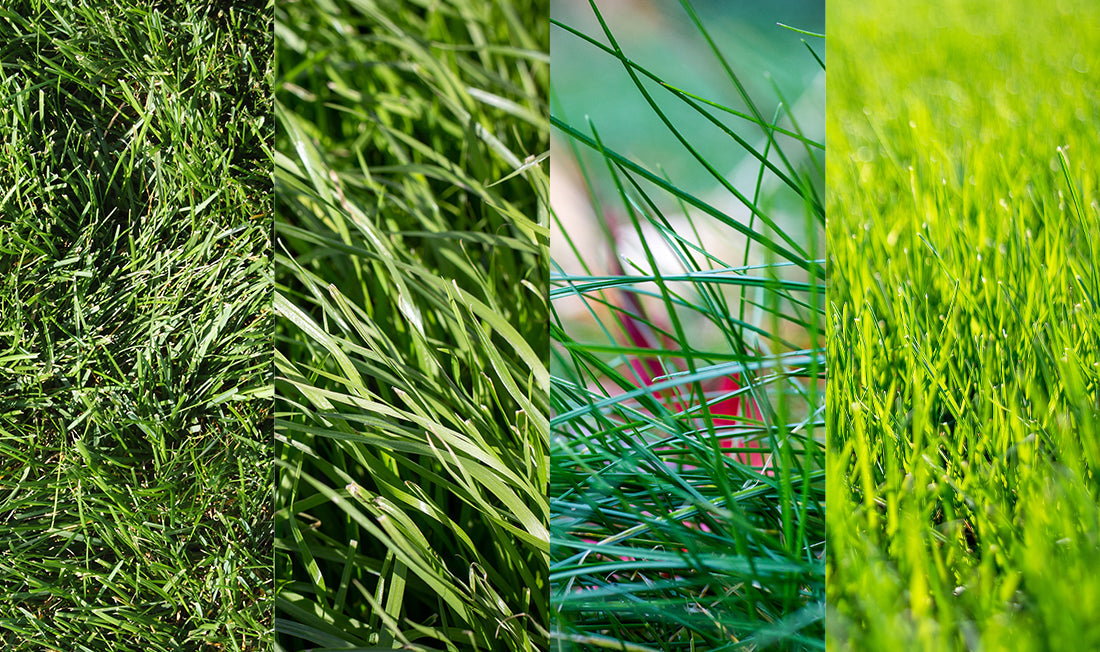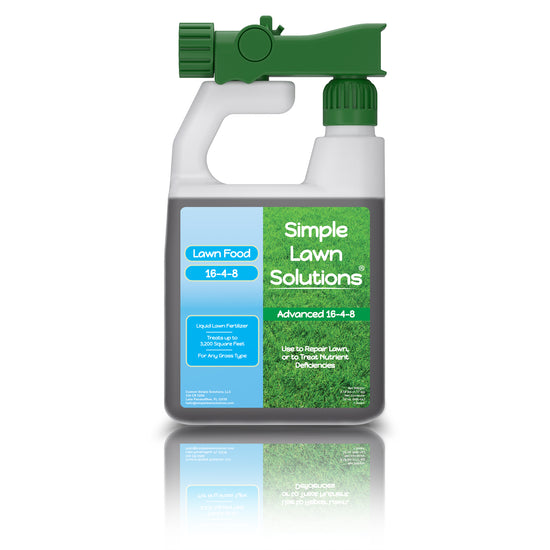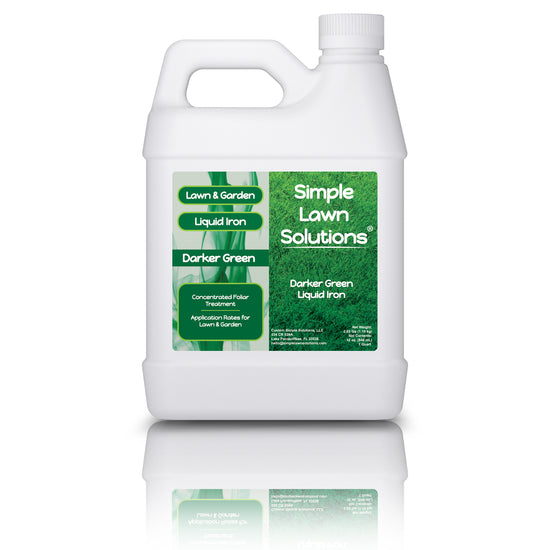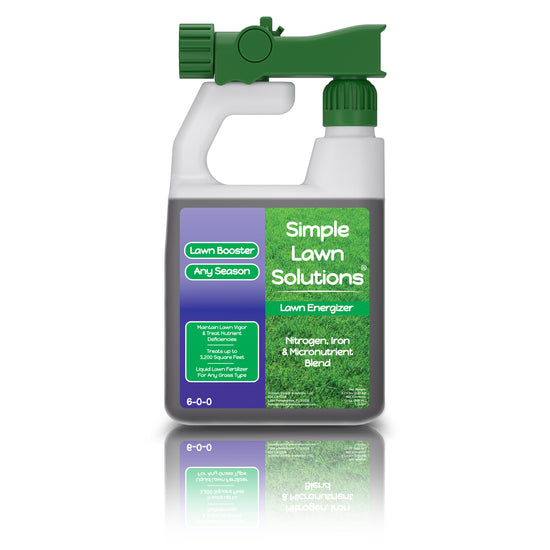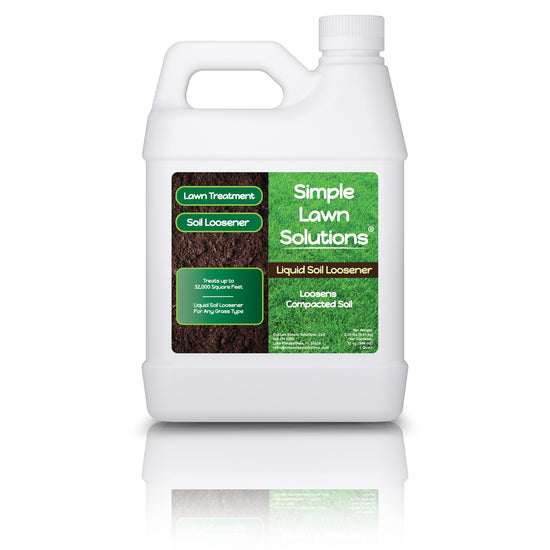The climate in the Northeastern United States is generally cool and humid, making it well-suited for cool-season grasses. These grasses perform best in spring and fall when temperatures are lower than in summer.
Here’s a breakdown of the best turfgrass types for the Northeastern states (like NY, PA, NJ, CT, MA, VT, NH, ME, RI).
Top Cool-Season Grasses for the Northeast
1. Kentucky Bluegrass (Poa pratensis)

Kentucky bluegrass is the leading turfgrass used in most cool-season regions in the United States. It is lush, dark green and can repair itself with aggressive rhizomes. Kentucky bluegrass is used on high-end residential lawns, parks, and sports fields. It is slow to establish and isn’t very shade tolerant.
Kentucky bluegrass is a self-repairing turfgrass that spreads laterally with rhizomatous growth habits. It has excellent cold tolerance to winter months, making it a perfect fit for the Northeastern region of the United States. Kentucky bluegrass has a high visual quality with excellent density and uniformity when properly maintained. Winter survival for this type of turfgrass is superior, as it holds up well under snow coverage and freezes.
Growing Kentucky bluegrass can be challenging, as germination takes 14 - 28 days. Due to the possibility of disease and nutrient uptake, managing the thickness of the thatch layer is required. Kentucky bluegrass prefers full sun exposure and declines in heavy shaded areas. It is also susceptible to leaf spot, dollar spot, stripe smut, and summer patch.
Establishment can be accomplished from either seed or sod, with the seeding rate 1.5 - 2.0 lbs per 1,000 square feet. The fertilization requirements for Kentucky bluegrass are 2.5 - 4.0 lbs of nitrogen per 1,000 square feet during the growing season, and recommended height to cut home lawns is 2.5” and 3.5.” Supplemental irrigation is required during the summer heat, but not too much, as overwatering can cause damage when temperatures are high with excessive moisture levels in the soil.
Kentucky bluegrass suits cool, humid New York, Massachusetts, Connecticut, Pennsylvania, and New Jersey climates. For quick establishment, it can be blended with other cool-season turfgrasses, such as perennial ryegrass. Implementing a fungicide program with core aeration is recommended due to the heavy soil types in the region.
2. Perennial Ryegrass (Lolium perenne)

Perennial ryegrass has a rapid germination rate and creates a quick green-up once germination occurs, making it common in home lawns and athletic fields for fall overseeding. Perennial ryegrass can tolerate some foot traffic, but is less cold-hardy when compared to Kentucky bluegrass. The growth habit of perennial ryegrass is a “bunch type” turfgrass that is non-spreading. Each seed will produce 5 - 7 tiller leaf blades, which creates a uniform appearance once fully grown. It is fine-bladed with dark green color and thrives in cool, humid regions that are usual for the Northeast. Perennial ryegrass is mainly utilized on athletic fields and golf course fairways for overseeding due to its quick establishment and wear tolerance. It can be blended with Kentucky bluegrass to enhance turf quality.
Perennial ryegrass struggles with high temperatures in the Northeast. It is prone to diseases like gray leaf spot, brown patch, and pythium. Perennial ryegrass performs best in full sun and has limited success in shaded areas. Proper maintenance is required for this type of grass to survive during summer heat. Once temperatures reach the mid-80s, rye grass enters a high-stress status and can die if not maintained with a solid fungicide program and supplemental irrigation. It is not recommended for perennial ryegrass to be a monostand for home lawns in the Northeast, and performs best when blended with other turf types such as Kentucky bluegrass.
The seeding rate is 5-10 lbs. per 1,000 square feet for new lawns and 3-5 lbs. per 1,000 square feet in existing lawns. Suggested mowing heights range between 1.5” and 2.5 " to establish dense growth and reduce disease risk. It does require fertilization of 2 - 5 lbs of nitrogen per 1,000 square feet per growing season and supplemental irrigation during stress.
Perennial ryegrass is ideal for rapid establishment and quick repairs when overseeded. The delicate leaf texture and deep green color enhance the quality of lawns. However, it is susceptible to high heat and specific diseases in the Northeast. Perennial ryegrass requires regular maintenance, including maintaining proper mowing heights, fertilization, and irrigation to sustain this type of turfgrass in the Northeast.
3. Fine Fescue

Fine fescue has several varieties, such as creeping red fescue, chewings fescue, hard fescue, and sheep fescue. All Fescue varieties are very shade tolerant, low maintenance, and drought resistant. Fine fescues are best for shaded lawns, low-maintenance, and natural areas and can be blended with other cool-season grasses within the region.
The term "fine fescue" encompasses five primary species, each with distinct characteristics:
Creeping Red Fescue (Festuca rubra ssp. rubra)
Creeping red fescue grows by rhizomes, which allow for its lateral growth and has a high tolerance for shaded areas where other turfgrass types struggle to survive.
Slender Creeping Red Fescue (Festuca rubra ssp. littoralis)
Rhizomes also spread slender creeping red fescue, but it has a fine texture. It has a good tolerance for saline conditions and is very popular in coastal areas and on the roadside in the Northeast. Slender creeping red fescue possess good tolerance for shaded lawns and natural areas, with a high dense, but fine textured appearance.
Hard Fescue (Festuca trachyphylla)
Hard fescue is a bunch-type growing grass, with excellent drought tolerance and best used in low-maintenance areas with poor soil fertility.
Sheep Fescue (Festuca ovina)
Sheep fescue has a bunch-type growth pattern and is blue-green with a tufted appearance. This type of turf is excellent for naturalized areas and erosion control.
There are many advantages to using fine fescues- they are very shade-tolerant and ideal for growing under trees with reduced UV ray exposure. Due to the low nutrient requirements, they perform well in soils with low nutrient content. Fine fescues can survive dry periods as they enter dormancy and recover rapidly once rainfall or irrigation is applied. The fine texture provides a carpet-like feel and enhances lawn aesthetics. Fine fescues also perform well in colder climates while maintaining color longer into the fall and early greening in the spring.
The wear tolerance is lower than that of other cool-season turfgrasses and is unsuitable for high-traffic areas. Recovery from damage of traffic and other environmental stresses is slow to nonexistent due to bush-type growth. Thatching fine fescues can be excessive, providing an environment for pests and diseases if not properly managed. Fine fescues are affected by diseases such as red thread and dollar spot under high nitrogen conditions.
Fine fescue seeding rate for establishment is approximately 3 to 6 lbs per 1000 square feet. Mowing height should be maintained between 2.5” and 3.5” to promote deeper roots in heavily shaded areas. The nitrogen requirements per growing season are 1 - 2 lbs per 1000 square feet, and preferably done in the fall. Irrigation requirements are minimal, but the plants should be watered during prolonged periods of drought to prevent dormancy. To reduce thickness, excessive thatch buildup requires special cultural practices, such as aeration and verticutting.
4. Tall Fescue (Festuca arundinacea)

Tall fescue has deep roots, is very heat and drought-tolerant, and is used widely in transitional areas and utility lawns. Tall fescue has a coarser texture than bluegrass or ryegrass unless turf-type cultivars are used. Mixing tall fescue with Kentucky bluegrass and perennial ryegrass is ideal. In shaded areas, tall fescue performs well, especially when included in a seed mixture blend. Tall fescue turf type is excellent for home lawns by itself or blended.
The best period of fall is the best time to fertilize tall fescue. Mowing heights are best when kept 2.5” - 3.5” as this type of turfgrass cannot tolerate low mowing. Overseeding should occur in late summer to early fall to maintain uniformity and density. Tall fescue requires infrequent, deep watering and is much better than frequent, shallow waterings. This type of turfgrass is a “bunch type” with some cultivars exhibiting short rhizomes. The leaf texture is medium to coarse, though newer cultivars have finer leaf blades.
A significant advantage of tall fescue is its heat and drought tolerance, making it superior among cool-season grasses and suitable for hot summers. Additionally, it performs well in partially shaded areas. Improved cultivars show resistance to a lot of common turfgrass diseases. Tall fescue requires less mowing and fertilization than other cool-season grasses outside the fescue types. However, this turf type can have clumpy growth and require overseeding to maintain uniformity. Excessive thatch can be an issue with tall fescue- requiring removal through aeration and dethatching practices. Tall fescue is susceptible to brown patch disease under high humidity and excessive nitrogen levels- making it essential not to exceed nitrogen levels of 2 to 4 pounds per 1,000 sq ft annually.
Tall Fescue is well-suited for the Northeastern climate, balancing durability. Its adaptability to various soil types and resistance to environmental stresses make it a preferred lawn choice. Regular maintenance, including proper mowing heights, fertilization rates, and overseeding, will ensure a healthy and resilient turf.
Tall fescue is suitable for the northeastern climate and has durability and aesthetic appeal. It is well adapted to various soil types and is resistant to stresses, making it a preferred lawn choice. Proper mowing, fertilization, and overseeding are required to maintain the turf for best performance.
Most Recommended Cool-season Grasses for Northeastern States
Successfully growing turfgrass in the Northeast depends on selecting the correct species or blend for specific conditions of sun and shade, soil texture, level of maintenance, and use. Most professionals' recommendations specify blends of Kentucky bluegrass, perennial ryegrass, and fine fescues to balance the performance, resilience, and appearance.


